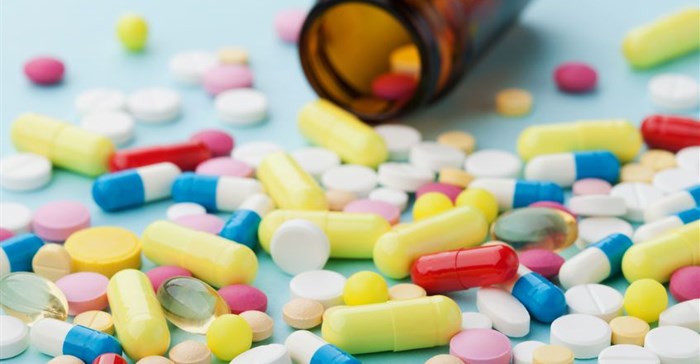Low single exit price increase will impact smaller players

“This pitiful increase may just be the final straw for companies whose margins continue to face pressure and it would not be surprising if some of the smaller players are forced to close,” says Erik Roos, CEO of Pharma Dynamic, who points out that for the past decade the average pharmaceutical pricing has consistently been set below inflation.
In addition, continued pressure on the industry also leads to products being pulled from market, which means a smaller variety of quality, affordable medicines for patients.
“According to IMS data for 2012-2017, as many as 700 pharmaceutical products have been pulled from the SA marketplace over the past five years. It is not farfetched to assume that the majority were pulled due to decreasing profitability rendering the molecules unviable,” he says.
Pressure
“Currently, SA remains the largest and most developed pharmaceutical market in Africa and could continue to charm large multinationals with its strong longer-term commercial potential based on its sizeable population of 56-million people and high degree of financial market development. However, continued price restrictions, failure to comply with BEE guidelines and state organisations being compelled to buy from domestic suppliers could lead to a reduction in foreign investment and even result in some international companies pulling their national foothold.
“On top of low price increases, the depreciation of the rand will make importing active pharmaceutical ingredients pricier. To put things in perspective, currently more than 70% of pharmaceutical products on the continent are imported. The weak rand is expected to add tremendous strain on even the biggest pharma companies whose margins are already under immense pressure,” he says.
“Add to this the introduction of the SA Health Products Regulatory Agency (SAHPRA) this year, which is geared to greatly reduce medicine approval times and alleviate a backlog of thousands of registrations. Of course, the industry is excited for the much-needed change, but it comes with a hefty price tag and could see new product registration costs increase substantially.”
General inflation of utility costs such as the petrol price, the 5.23% electricity increase granted to Eskom and employee increases and remuneration also add to the strain.
“The industry understands that the end user is no doubt also experiencing major financial pressure and that affordable healthcare is a priority for patients. We have always focused on bringing affordable medicines to patients, but medicine is no longer the main culprit – the data shows that medicines costs have been well contained and consume less of the healthcare expenditure on a year-on-year basis.
Medical aids granted higher than inflation increases
"On the other hand, non-price regulated bodies in the private healthcare sector are granted increases higher than inflation. Medical scheme increases, for example, have consistently outgrown inflation and this cycle is no exception with medical aids demanding a hefty increase between 7% and 10.5% from members.”
“This unbalanced implementation of price restrictions counteracts the lower medicine prices and impacts on overall healthcare expenditure for patients. It’s true that various factors play a role in these calculations and it is not a one-size-fits-all formula across industries, but surely a warning light must go on when such a vast difference in annual increases is granted?”